

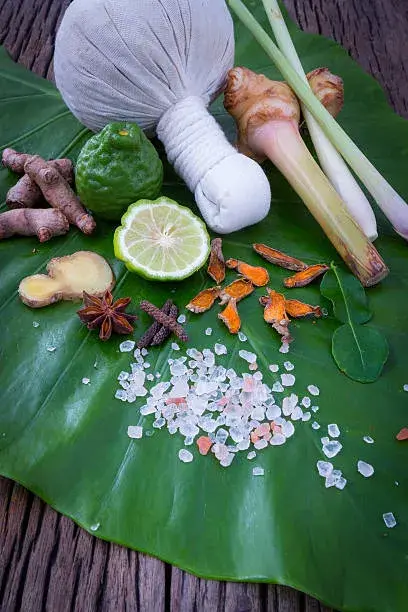
Discover the beauty, history and healing power of more than 150 different plant species

Drink to your good health with one of dozens of healing teas that ease common ailments

Soothe yourself with curative oils extracted from fruits and plants that have been used for centuries o maintain good health and well-being
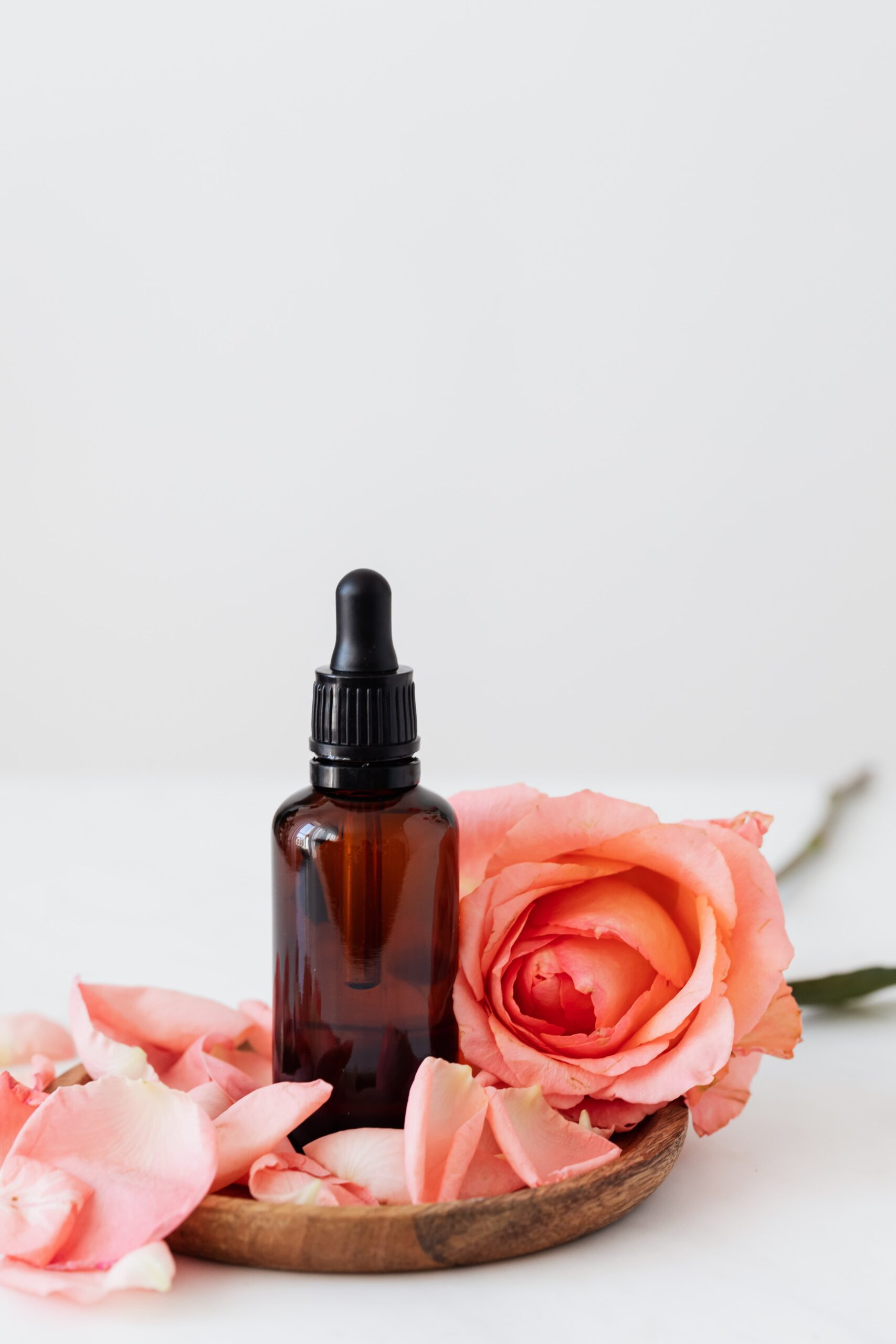
Turn to floral essences, categorized by Dr. Edward Bach in the 1930s, to restore vital energy and balance to a stressfi:l life
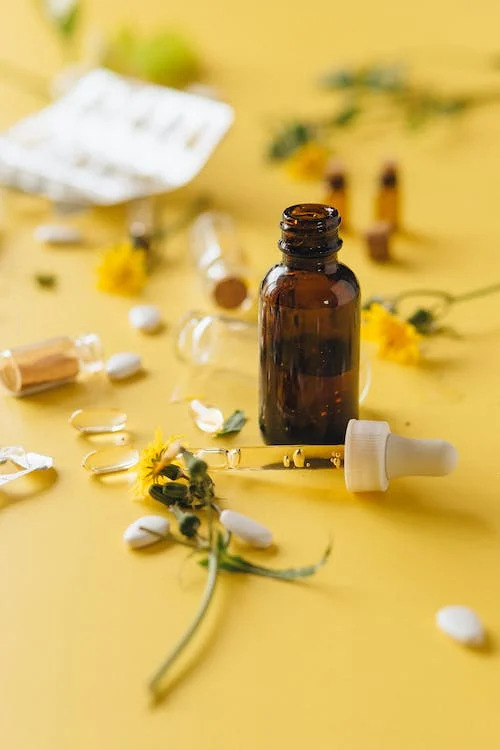
Identify the fiomeopatfiic remedies that will stimulate VOLT body’s own natural defenses

Learn to eat well and live healthfuly with collection of traditional remedies and culinary tips.

Learn to eat well and live healthfuly with collection of traditional remedies and culinary tips.
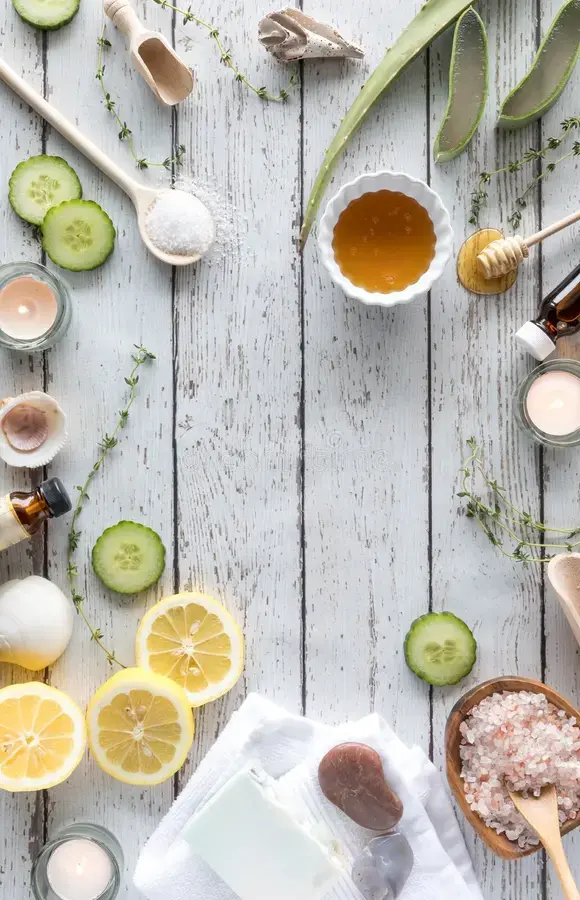
Use everyday ingredients to make the best home remedies; those passed down from one generation to the next

Successfully grow, cultivate and harvest curing plants in the garden or on a windowsill
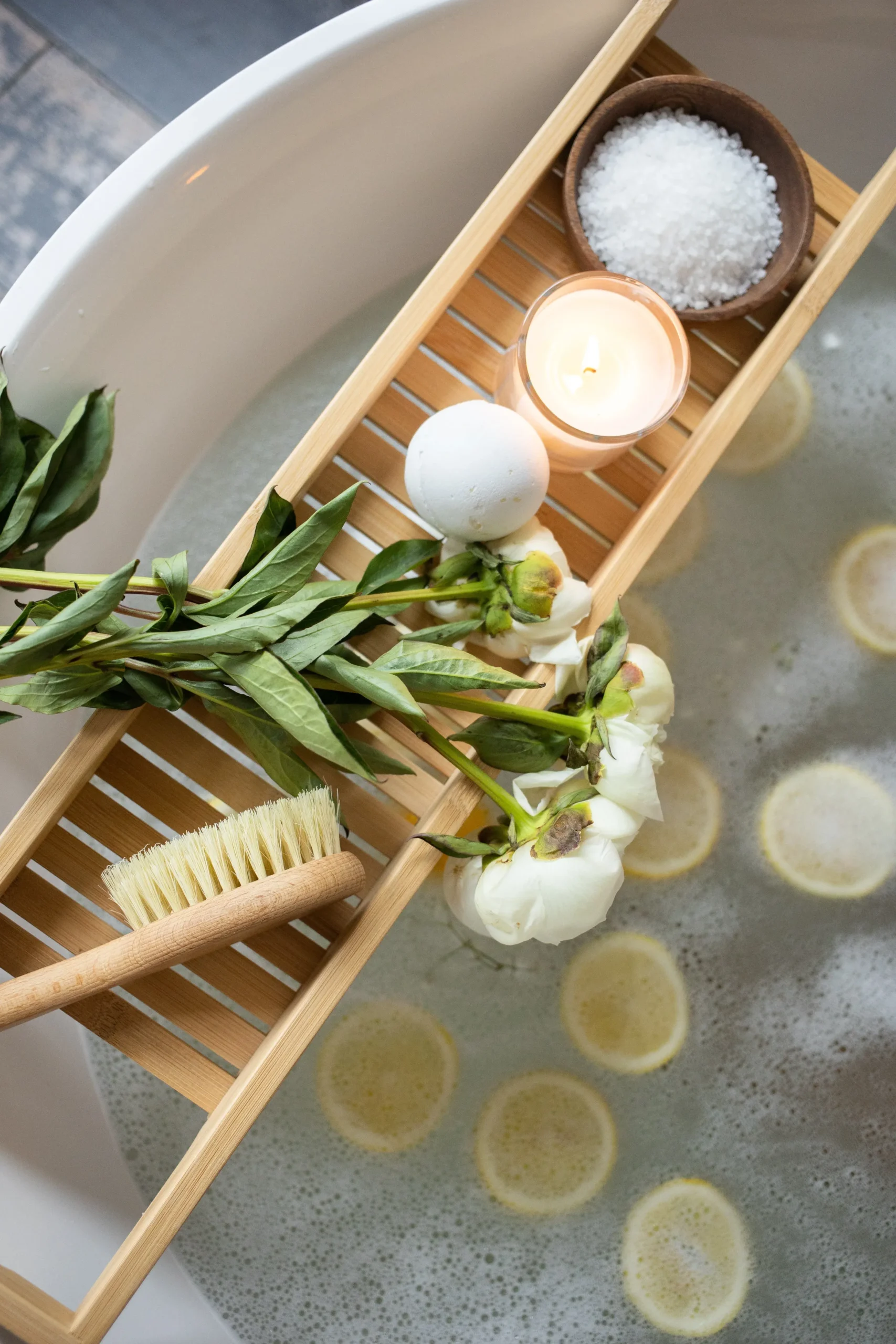
Understand and identify common health complaints and the numerous option to treatment

Relieve your symptoms with simple and nurturing therapies you can perform yourself at home

Discover the safe, non-invasive methods used in alternative medicine that identify and prevent common illnesses

Study the wide range of healing methods— both ancient and new—used around the world by natural-health practitioners
Calendula officinalis
Calendula officinalis comes from Latin and means “the first day of the month.” The term also refers to the bloom’s extremely long, May-to-November towering season. This medicinal plant is sometimes called the pot marigold to differentiate it from smaller ornamental marigold, known botanically as Tagetes.
Calendula officinalis
🙤 Plant Facts: This medicinal annual produces cheerfully golden-orange flowers that have a faint but distinctive scent. Growing up to 28 inches tall, its upright, branching stems have paddle shaped leaves that are densely covered with fine hairs. Its leaves can be added to salads while the flowers add a color full garnish to many dishes.
🙤 Origin
Although it is native to the Mediterranean, the calendula is now cultivated throughout the world. It grows wild in many areas, preferring sunny roadsides and open fields.
🙤 Parts used
Medicinal preparations are usually made from either the whole flower heads or just the petals.
🙤 Components
The calendula contain essential oil that has an antibiotic effect effect and lends the flower its characteristic scent. Other components include calenden which also has a strong odor the carotene-like dye calendulin, the therapeutic plant fiber mucilage, saponin, organic acids and various enzymes and resins
🙤 Indications
Calendula has rather strong antiseptic properties both topically and internally. Applied externally to the skin, the plant’s antibiotic action helps promote the painless healing of minor wounds by reducing inflammation and pus formation. Because calendula improves blood circulation, it is useful for alleviating, burns and bruises and for reducing scarring. Calendula can also be used as a gargle to relieve sore throats. taken internally, the plant promotes the secretion of bile and thereby stimulates digestion and bowel function.
Take a cold shower, and without drying off, rub your body with calendula oil (sold at health-food stores). Follow with a Warm shower, but don’t use any soap. Your skin will soon become soft to the touch.
♦ Tea
Pour 1 cup of boiling water over 1-2 tsp. of dried calendula petals. Steep for 10 min., then strain. Drink 2 0r 3cupsof warm tea daily.
♦ Wound Dressing
To facilitate healing of skin wounds, soak a compress in calendula tea above and apply to the affected areas.
♦ Gargle
Unless your doctor directs otherwise, use calendula tea as a gargle or rinse to relieve inflammations in the mouth or throat. Gargle with warm tea several times a day.
♦ Pressed Juice
Press the flowers to extract the juice. Apply directly to Scrapes, corns and warts.
♦ Homeopathy
To help treat bruises or skin ulcersin the lower limbs, take the homeopathy remedy Calendula internally in a 30C dosage. Supplement this compress: Mix 1 tsp half a glass of warm water. Apply the compress directly to the wound
♦ Ointment
A healing skin ointment can be bought in stores or prepared at home by mixing a few drops of calendula oil with skin lotion Apply it to cuts and scrapes.
Take a cold shower, and without drying off, rub your body with calendula oil (sold at health-food stores). Follow with a Warm shower, but don’t use any soap. Your skin will soon become soft to the touch.
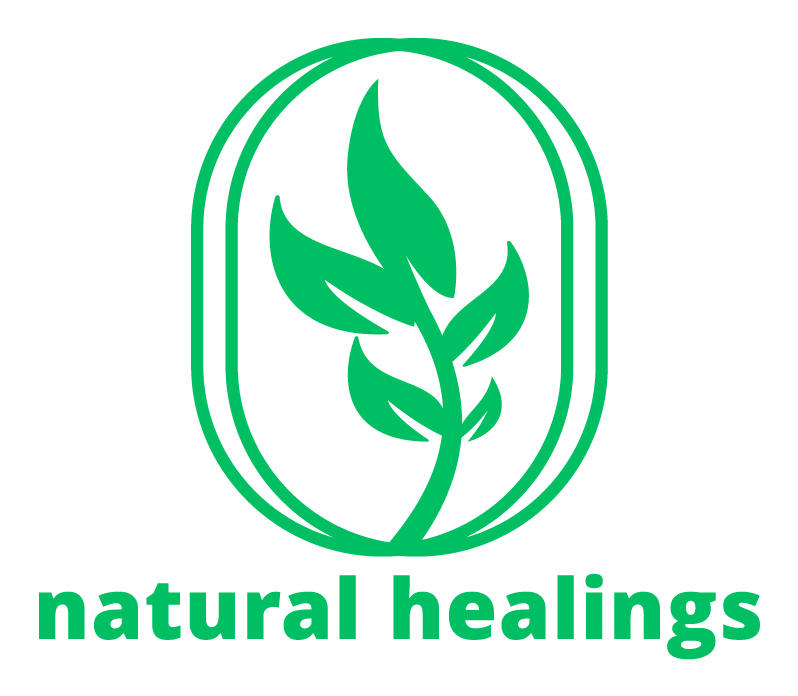
With the help of Natural Healings Website Explore nature’s healing remedies as a practical complement to traditional medicine. Discover plants, essential oils, and alternative therapies in our unique reference series. Get quick diagnosis and DIY treatments for common health conditions, alongside ancient and modern self-medication methods.
© Copyright 2025-26 NaturalHealings. All Rights Reserved. Managed by Ouriken Consulting.